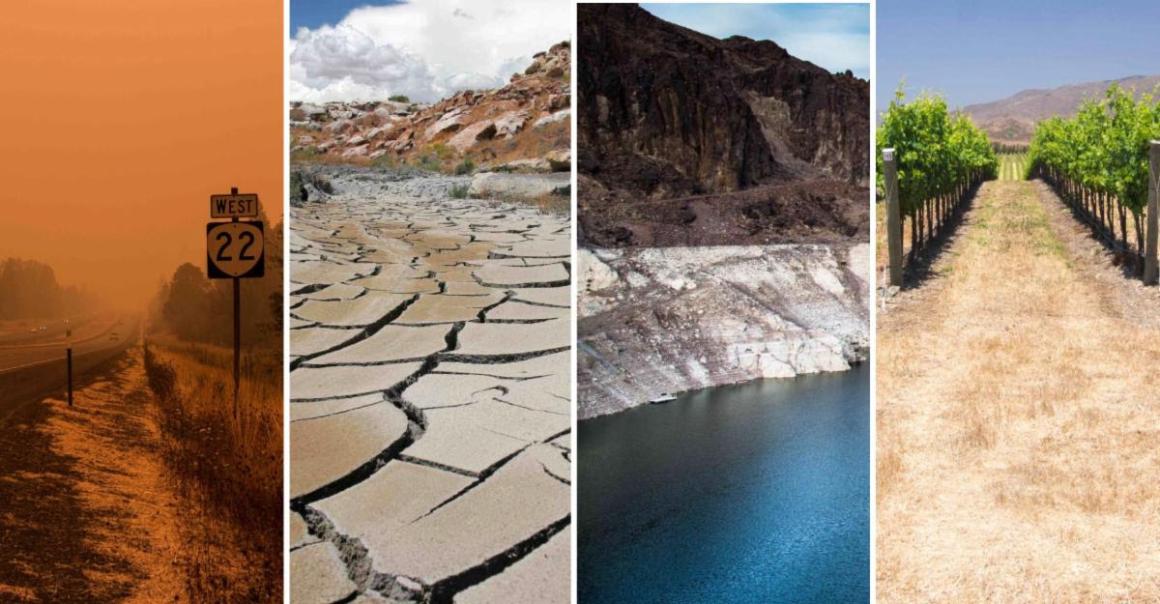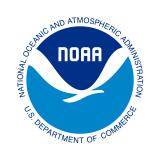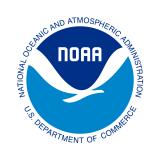2023 Western Drought Webinar

NOAA’s National Integrated Drought Information System (NIDIS), in partnership with NOAA’s National Centers for Environmental Information (NCEI) and National Weather Service’s Climate Prediction Center, is hosting the 2023 Western Drought Webinar on May 9 to provide the latest information on current drought conditions and outlooks. Speakers from the U.S. Geological Survey, NWS Colorado Basin River Forecast Center, and NOAA’s Physical Sciences Laboratory (PSL) will also provide updates on groundwater conditions, the Colorado River Basin, and how the wet winter will or will not impact long-term drought in the West.
On December 20, 2022, 64.6% of the West was in drought, according to the U.S. Drought Monitor. Over the 3-week period starting on December 26, a series of 9 atmospheric rivers (ARs) brought significant amounts of rain and snow to California, the Great Basin, and parts of Colorado River Basin. Strong storms continued throughout the winter, leaving record snowpack in large parts of the West. Many reservoirs, especially in California, filled fairly quickly to levels not seen in years. As a result, flooding eclipsed drought as an immediate concern in many areas, and continues to be a concern as the snow melts. The percentage of the West in drought plummeted to 27.1% by April 11, 2023. The winter deluge occurred in the context of large parts of West having been ensnared in continuous drought since 2020 as well as a climate-driven megadrought since the early 2000s.
While the extreme precipitation improved and removed drought (according to the U.S. Drought Monitor) in many parts of the West, issues remain in parts of the Pacific Northwest and Colorado. The AR events over the winter months didn’t reach every drought-burdened Western state, with some receiving below-normal precipitation over the winter. Additionally, it will take more than one wet winter, even with record-breaking precipitation, to replenish groundwater in many areas as well as Lakes Powell and Mead, which are still near record low levels.
Featured Presentations
- Drought Conditions: Joseph Casola | NOAA's National Centers for Environmental Information
- Drought Outlook: David Dewitt | NOAA NWS Climate Prediction Center
- Groundwater Update: Jon Traum | U.S. Geological Survey
- Colorado River Basin Update: Paul Miller | NOAA NWS Colorado Basin River Forecast Center
- Long-Term Drought in the West: Andrew Hoell | NOAA Physical Sciences Laboratory
For more information, please contact adam.lang@noaa.gov.







